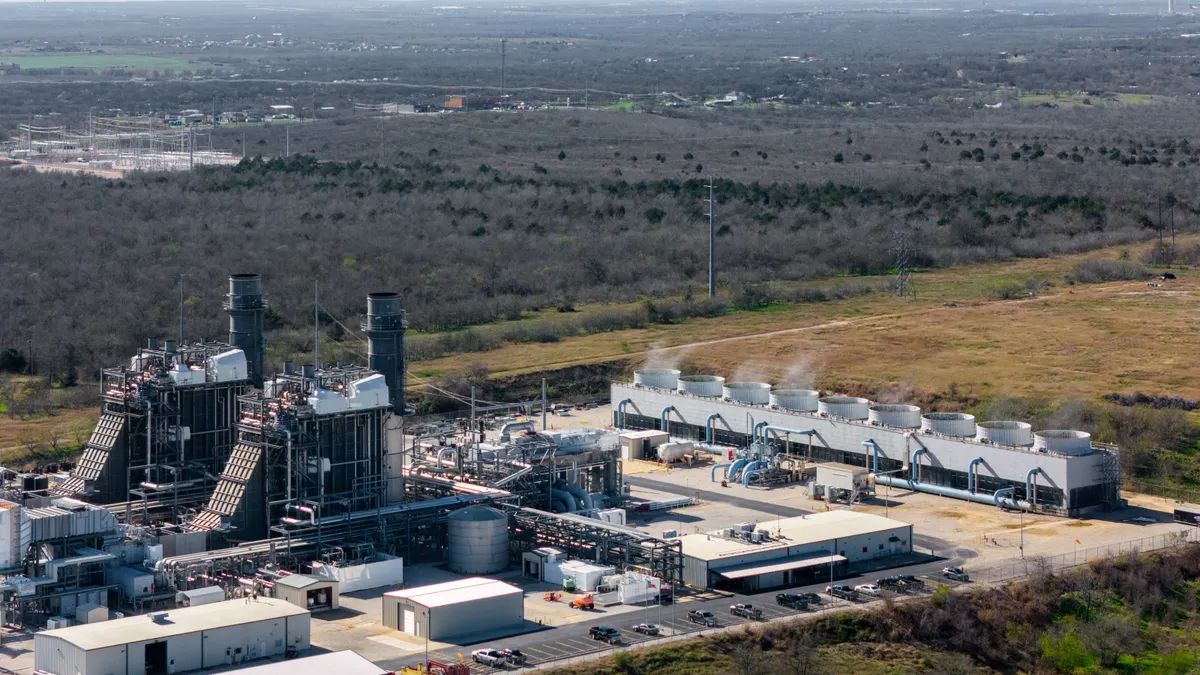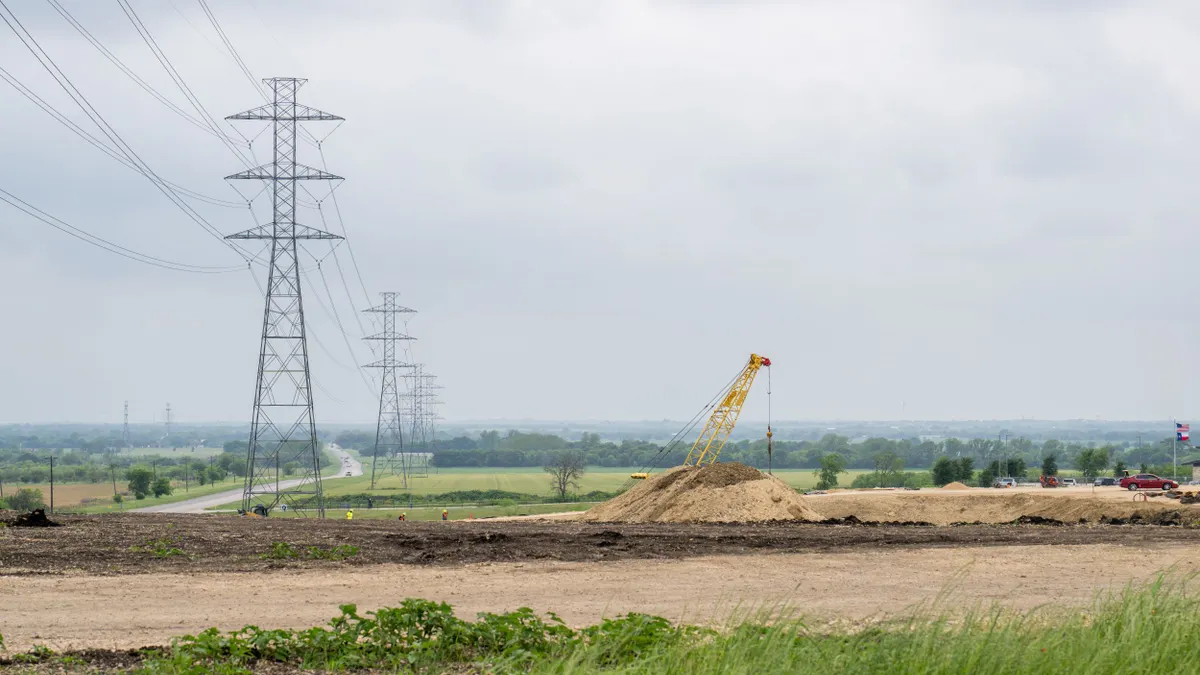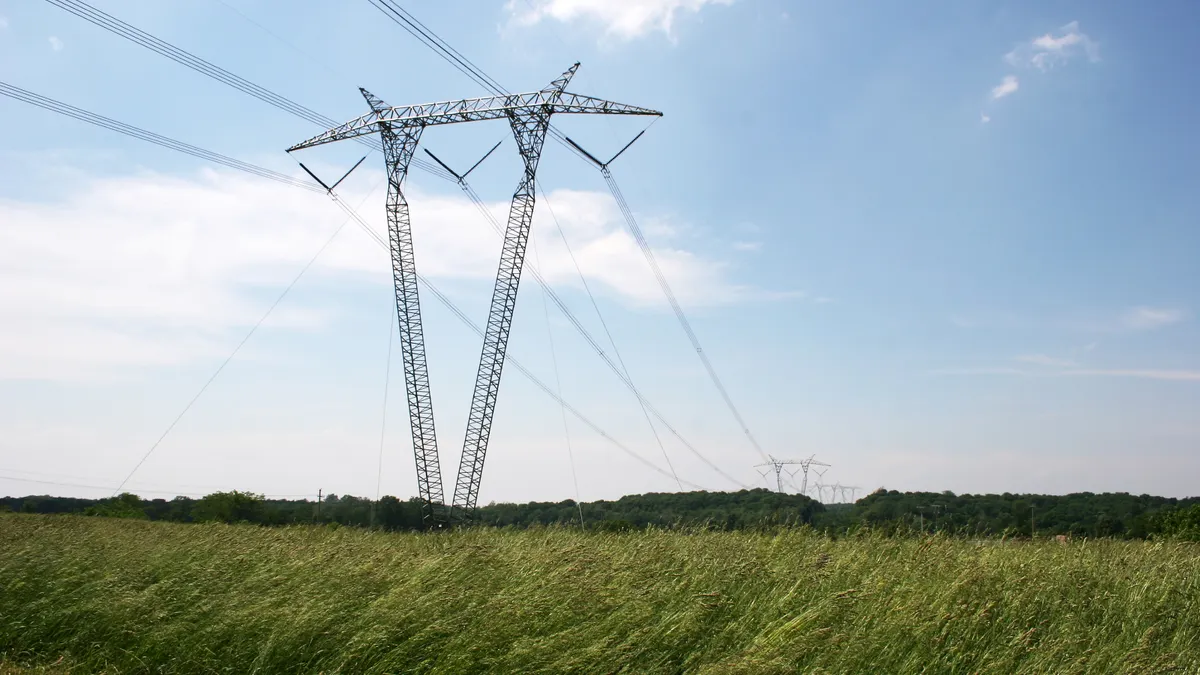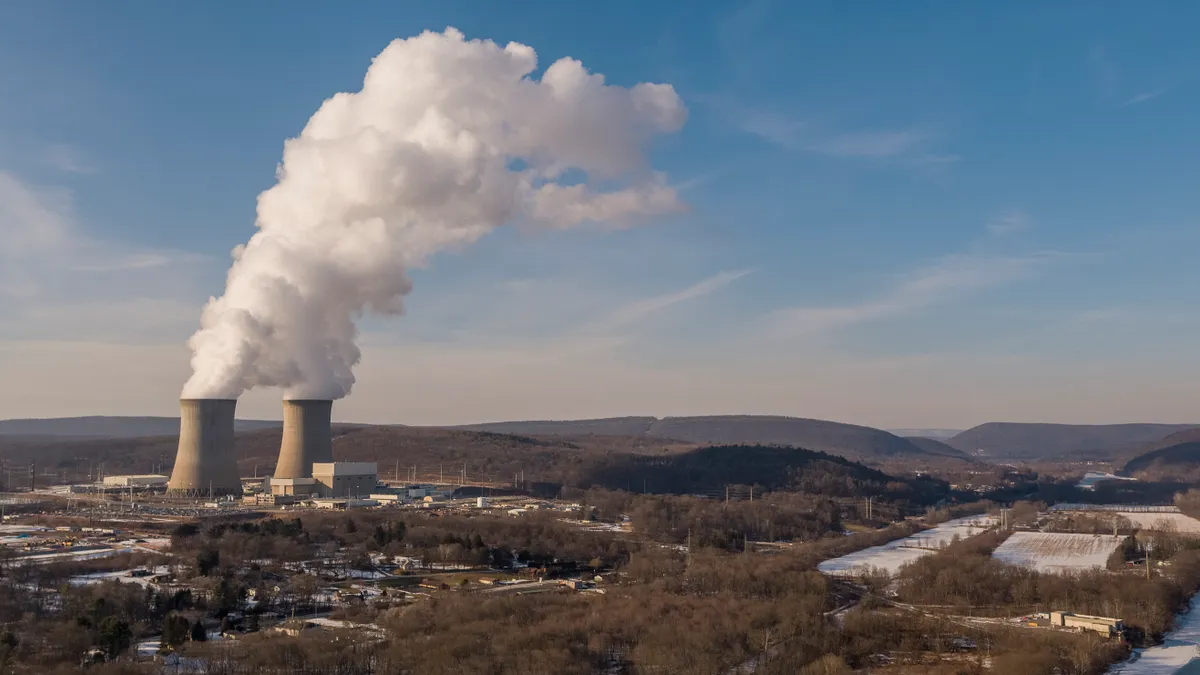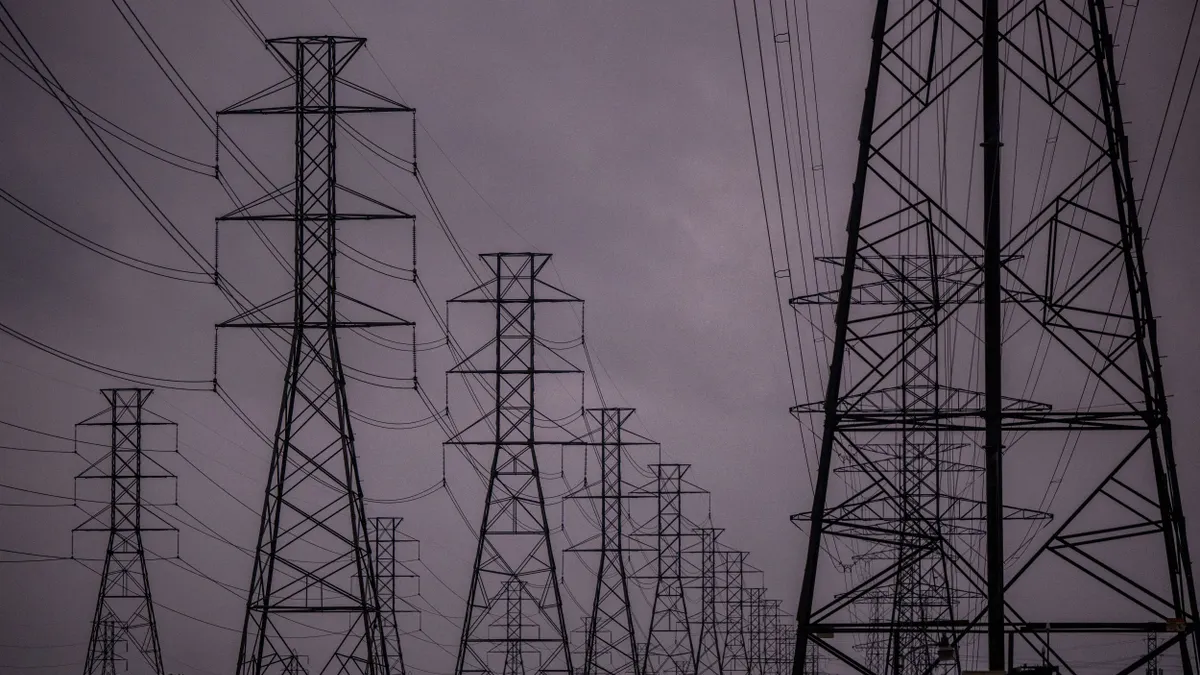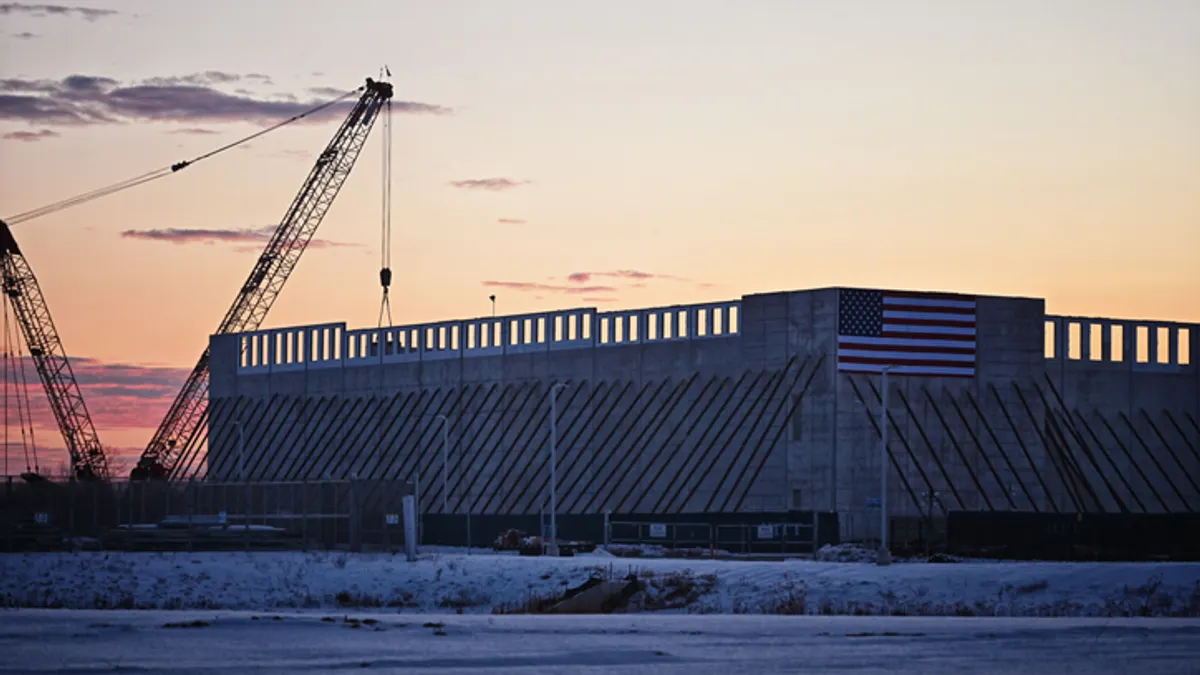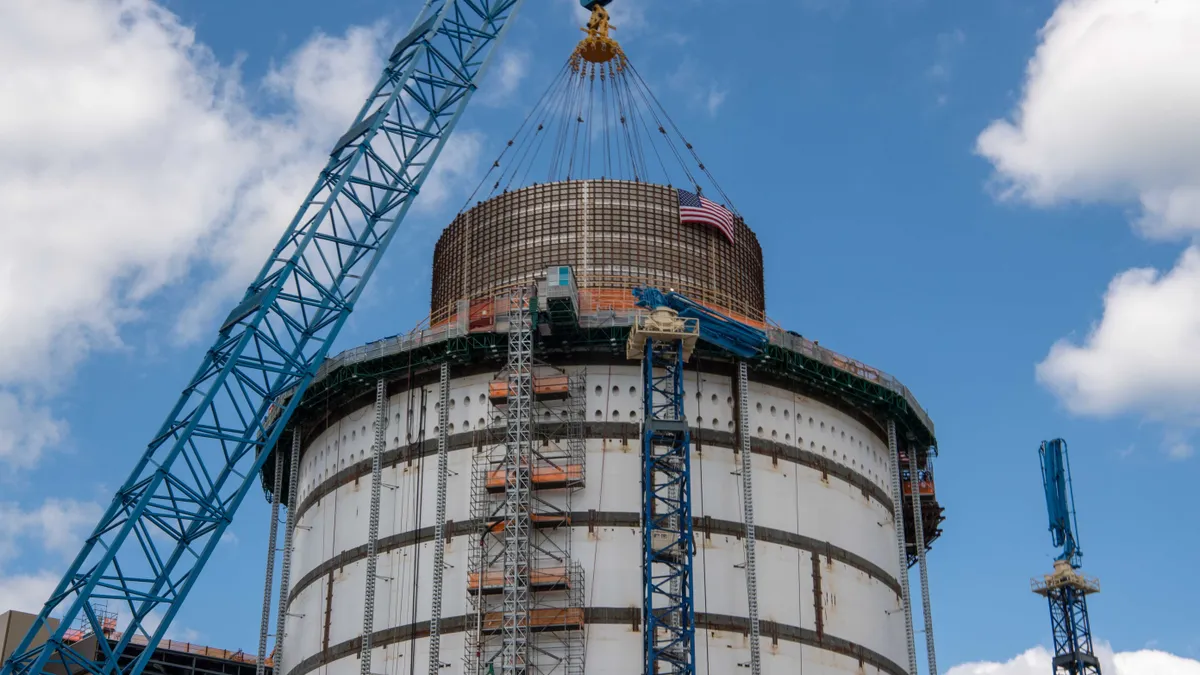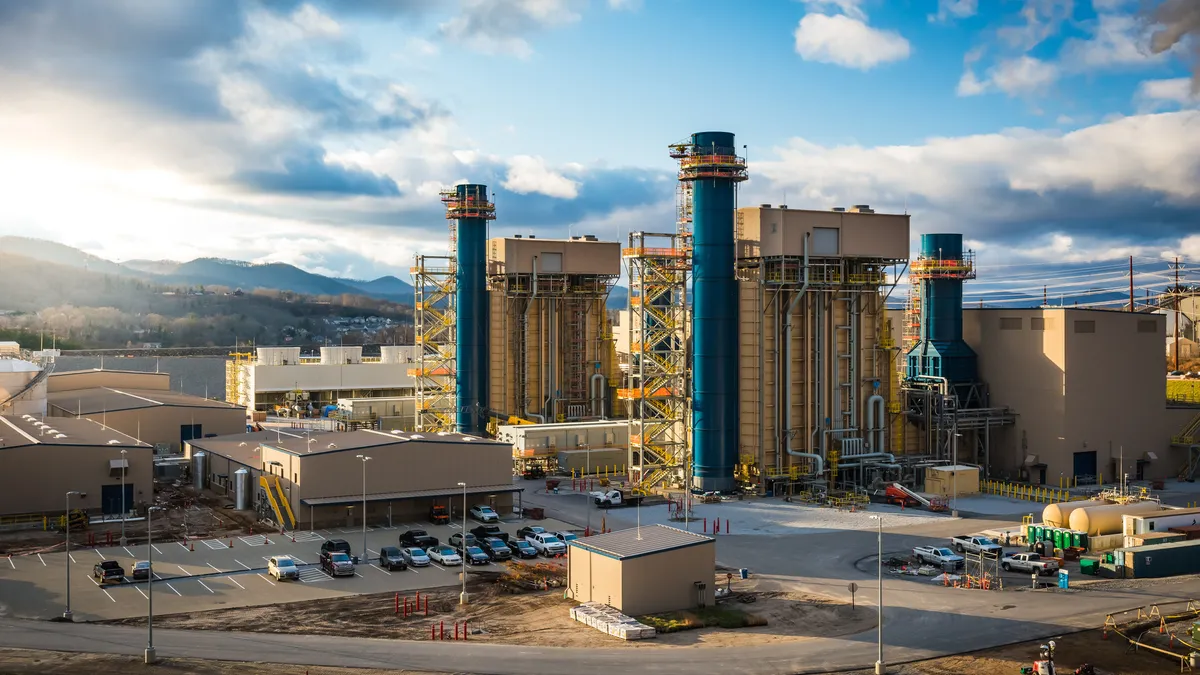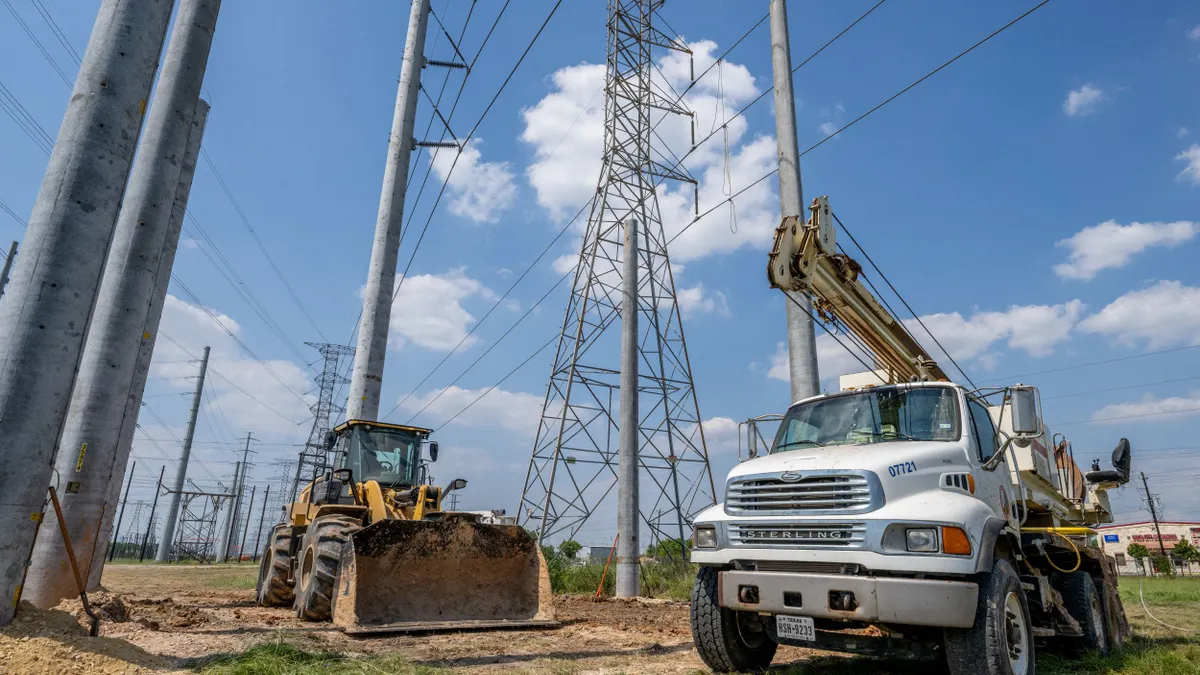Tory McKeag is principal software architect at GE Vernova and lead maintainer of LF Energy TROLIE.
Federal Energy Regulatory Commission Order 881 introduces a markedly new approach to managing transmission system capacity in the United States. By requiring the use of ambient-adjusted ratings, known as AARs, for transmission lines, the order enables operators to more accurately reflect real-time and forecasted weather conditions when determining power flow limits. This can unlock significantly more capacity on the existing grid, without the need for costly and time-consuming new transmission construction.
And the anticipated benefits are substantial. Improved accuracy in line ratings should help ease interconnection backlogs, increase grid reliability during periods of extreme heat and improve safety by addressing cases where traditional seasonal ratings may be too optimistic. Additionally, dynamic ratings can serve as a valuable bridge while awaiting long-term infrastructure upgrades.
Order 881 also impacts wholesale electricity markets by requiring AARs to be incorporated into both day-ahead and real-time energy and ancillary service market models. These ratings must be archived and made transparent to all stakeholders, including market monitors, energy traders and regulators. This level of transparency is unprecedented and supports more efficient market outcomes; however, it also introduces a new level of technical and operational complexity.
AAR compliance: A shared burden
Unlike many FERC orders that place primary implementation responsibility on independent system operators and regional transmission organizations, Order 881 imposes significant obligations on both ISOs and transmission owners, or TOs. While ISOs must aggregate AAR data, integrate it into market and reliability systems and ensure transparency, TOs are now responsible for computing these ratings in the first place and transmitting them to the ISOs.
For many utilities operating bulk electric system facilities, this means adopting new AAR forecasting capabilities, implementing rating calculation software and integrating that output into ISO processes — continuously and reliably.
The data deluge
The scale of the data exchange required by Order 881 is enormous. TOs must compute a new 240-hour ahead forecast for each applicable transmission facility every hour. This includes both continuous ratings and any relevant emergency ratings defined by the local ISO.
Traditionally, most TO-to-ISO communication happens via Inter-Control Center Communications Protocol, a supervisory control and data acquisition-focused protocol designed for real-time analog data exchange. In existing use cases, such as limited dynamic line rating implementations, each rating type is typically sent via a dedicated SCADA point. For example, one line might use three analog points for continuous, emergency and load-shed ratings.
However, saddling this traditional model with a 240-hour forecast is a recipe for failure. Transmitting three rating types per hour would require 720 SCADA points per line. Then, to ensure alignment under North American Electricity Reliability Corp. standards such as FAC-011, a further 720 points may be needed to communicate cleared or overridden ratings from the ISO back to the TO; this results in yet another 1,440 SCADA points per line. Multiply this across hundreds or thousands of lines, and the modeling and systems burden becomes astronomical.
Moreover, Order 881 requires the tracking and communication of additional data, such as:
- AAR Exceptions: Outage-type situations or clearance concerns may justify using a static rating temporarily. These must be archived and shared with ISOs.
- Seasonal Ratings: Defined as fallback “recourse ratings,” these must also be shared and harmonized between TOs and ISOs.
Interoperability: A complex puzzle
The technological and organizational hurdles to implementing Order 881 are significant. Even in the simplest case — a single TO sharing ratings with a single ISO — numerous challenges must be addressed, including:
- Deployment of rating forecast software;
- Agreement on data exchange protocol;
- Alignment on which ratings to exchange (time horizons, facilities, rating types);
- Harmonization of network model naming conventions;
- Creating cybersecurity, authentication, and backup processes;
- Handling of rating overrides and visibility into “in-use” ratings; and,
- Agreement on exception processes.
Additionally, there are real-world data exchange scenarios that can be even more complex:
- Facilities with multiple owners;
- Tie-lines between different reliability coordinators;
- Discrepancies in rating units (MW, MVA, Amps) and emergency rating definitions;
- Entities operating under different roles across regions (e.g., reliability coordinator in one footprint, TO in another);
- Lines that impact neighboring entities not directly responsible under Order 881; and,
- Misalignment of forecast windows and data submission schedules.
To complicate matters further, most TOs and ISOs rely on a mix of vendor-provided environmental management systems, market and OASIS platforms, often with little incentive or capability for seamless interoperability.
TROLIE: An open standard for a shared challenge
In recognition of this complexity, the LF Energy TROLIE project was launched to provide an open, vendor-neutral standard for the secure, efficient exchange of line rating data required under Order 881.
TROLIE provides a shared application programming interface specification to facilitate interoperability between the many systems and entities involved in bulk-electric system operation. While it does not solve every coordination challenge outright, it offers structured, extensible methods to address many common mismatches, such as naming inconsistencies, differences in time windows and rating-type definitions.
Critically, TROLIE is more than just a specification. It is a full ecosystem that includes:
- Comprehensive Documentation
- Continuously updated based on field deployment feedback
- Software Commons:
- A conformance test suite to validate compliance with the protocol
- Open source client libraries (Java currently supported) for easy adoption
The power of open source
By adopting an open source approach, TROLIE creates a non-competitive collaboration space where utilities, vendors and regulators can work together to solve their mutual challenges. Contributors can safely discuss implementation questions, refine edge cases and document evolving best practices, all without competitive or antitrust concerns.
This open model fosters transparency, accelerates implementation and lowers risk for all participants. Because everything is publicly available, junior engineers, senior developers and regulators alike can access and contribute to the body of knowledge through GitHub and the LF Energy community.
The project is governed under LF Energy and licensed under the Community Specification License, which provides strong protections and intellectual property clarity; this is essential for building trust in critical infrastructure domains.
Status and what’s next
The TROLIE 1.0 specification was released in November. Ongoing work includes:
- Expansion of the conformance test suite;
- Refinement of documentation and use-case examples; and,
- Development of additional programming language support (e.g. Python, .NET).
The scope and governance of the TROLIE project are open to all. Utilities, ISOs, vendors and integrators are all able to freely use the specification and contribute to its improvement. GE Vernova has fully embraced the TROLIE specification in its Limit Exchange Portal product for both ISOs and TOs.
Order 881 sets the stage for a smarter, more responsive grid. But to achieve its full potential, utilities and grid operators must overcome significant interoperability and data management challenges. TROLIE provides a community-driven, open-source path forward, which delivers not only a technical protocol but a framework for ongoing collaboration. As the compliance deadlines approach, now is the time for the energy sector to come together around shared solutions.




